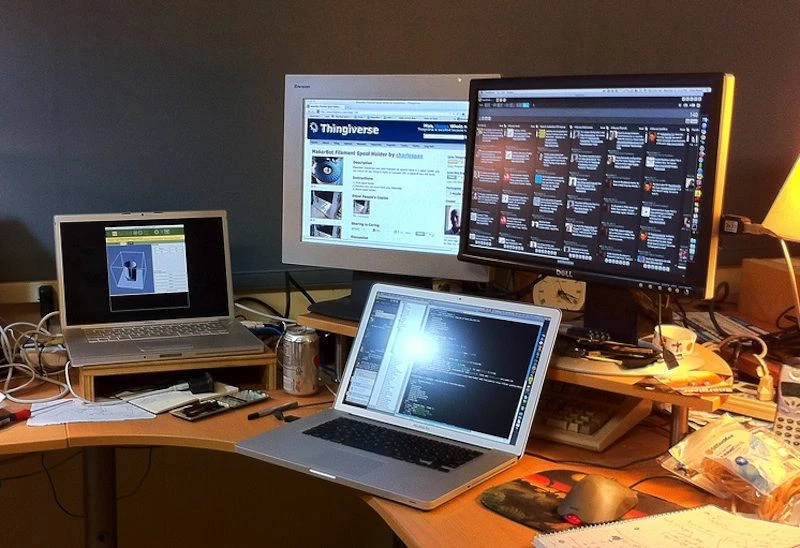
Partner Article
The rise and rise of ‘second screening’
The rise of ‘second screening’ - the use of other screens, such as laptops, smartphones and tablets while watching TV – is a source of excitement and concern for many in the TV and technology industry according to a new report from Deloitte launched this week.
Nearly a quarter of all respondents (24%) use second screens. The most active second screening takes place among young people, nearly half of all 16-24 year olds use communication tools such as messaging, email, Facebook, or Twitter to discuss what they are watching on TV. The vast majority of over 55s (79%) never talk about what they’re watching on TV on the internet.
There is muted appetite for interaction with TV programmes. Only one in ten people browse the internet for information about the programme they are watching. Some viewers (40%) like being able to send their comments in to a live programme. However, 68% would not want the websites for products, personalities or adverts that have just been shown on television, to automatically appear on their computer, tablet, or smartphone.
David Taylor, TMT director at Deloitte in the North East said: “Second screening’s impact is far greater in driving conversations about a programme, as opposed to interaction with it. Second screening may well end up with a similar status as eating in front of the TV: an everyday experience for some; absolutely unthinkable for others. One thing is certain: it is here for good.
“Browsing the web whilst watching television is undertaken “frequently” by a third of the sample.
This might be a brand new technology-enabled distraction or it might simply represent the swapping of an analogue distraction for a digital one. Browsing while watching television typically means flitting between a preferred set of websites, often comprising news, sports, e-commerce. Time spent on these may be a substitute for reading newspapers and magazines, or looking through catalogues.“
Any investment in second screen content is likely to reduce resources for the first screen, television content.So programme makers face a predicament. Should they invest all their funds and creative energies in making main screen content as good as possible? Or should they blend the first and second screen experience, creating more impact in the currency of additional or more attentive viewers, and therefore greater revenue potential?
David Taylor concludes: “The challenge for second screen content today is that it is likely to be relatively expensive as we are still in an experimental, bespoke phase. Every pound spent on second screen content may be a pound diverted from the first screen; in order to justify the investment content creators need to get the balance right between all screens.
“In time, creating official second screen experiences should become more formulaic and more easily reduced to a template. The more standardised second screen content creation becomes, the easier it should be to attain a positive return on investment.”
This was posted in Bdaily's Members' News section by Deloitte .
Enjoy the read? Get Bdaily delivered.
Sign up to receive our daily bulletin, sent to your inbox, for free.








 A year of growth, collaboration and impact
A year of growth, collaboration and impact
 2000 reasons for North East business positivity
2000 reasons for North East business positivity
 How to make your growth strategy deliver in 2026
How to make your growth strategy deliver in 2026
 Powering a new wave of regional screen indies
Powering a new wave of regional screen indies
 A new year and a new outlook for property scene
A new year and a new outlook for property scene
 Zero per cent - but maximum brand exposure
Zero per cent - but maximum brand exposure
 We don’t talk about money stress enough
We don’t talk about money stress enough
 A year of resilience, growth and collaboration
A year of resilience, growth and collaboration
 Apprenticeships: Lower standards risk safety
Apprenticeships: Lower standards risk safety
 Keeping it reel: Creating video in an authenticity era
Keeping it reel: Creating video in an authenticity era
 Budget: Creating a more vibrant market economy
Budget: Creating a more vibrant market economy
 Celebrating excellence and community support
Celebrating excellence and community support